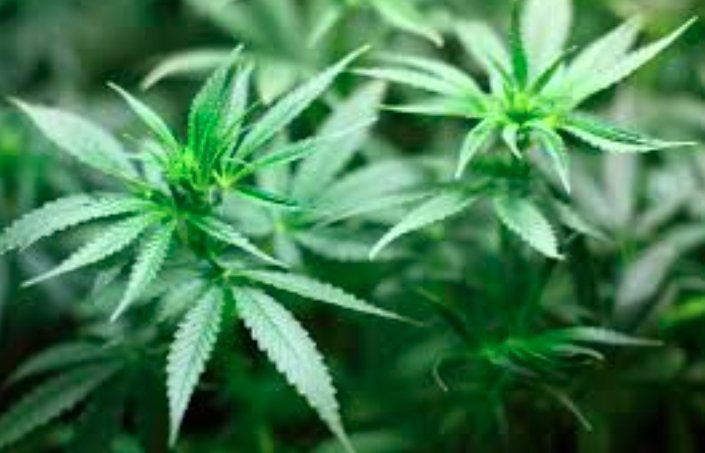A recent study published in Nature Scientific Reports has shed light on the decarboxylation rates of acidic cannabinoids in Cannabis sativa, specifically the CBD-rich hemp strain ‘Cherry Wine’. The research compares the decarboxylation rates between secretory cavity contents and air-dried inflorescence extracts. This study is significant as it provides a deeper understanding of the chemical transformations that cannabinoids undergo, which is crucial for both medicinal and recreational cannabis applications.
Comparing Decarboxylation Rates
The study focused on two main groups: secretory cavity contents and air-dried inflorescence extracts. Researchers used high-pressure liquid chromatography to analyze the samples. They found that the ratio of acidic cannabinoids to total cannabinoids was slightly lower in the air-dried inflorescence samples compared to the secretory cavity samples. Specifically, the secretory cavity content had 86.4% cannabidiolic acid (CBDA), while the air-dried inflorescence had 84% CBDA.
This difference in decarboxylation rates is significant because it affects the potency and efficacy of the cannabinoids. The study also noted the presence of other acidic cannabinoids like tetrahydrocannabinolic acid (THCA) and cannabichromenic acid (CBCA) in varying proportions. These findings highlight the importance of the drying process in determining the final cannabinoid profile of cannabis products.

The research also discovered that certain cannabinoids, such as Δ9-tetrahydrocannabivarin (Δ9-THCV) and Δ9-tetrahydrocannabivarinic acid (Δ9-THCVA), were only detected in the air-dried inflorescence samples. This suggests that the drying process not only affects the decarboxylation rates but also the presence of specific cannabinoids.
Implications for Cannabis Industry
The findings of this study have significant implications for the cannabis industry, particularly in the production of medicinal cannabis products. Understanding the decarboxylation rates of acidic cannabinoids can help producers optimize their processes to achieve the desired cannabinoid profile. This is crucial for ensuring the consistency and efficacy of medicinal cannabis products.
Moreover, the study’s findings can aid in the development of new cannabis strains with specific cannabinoid profiles. By manipulating the drying process and other factors, producers can potentially create strains that are tailored to treat specific medical conditions. This could lead to more effective treatments for a variety of ailments, from chronic pain to epilepsy.
The research also underscores the need for standardized testing methods in the cannabis industry. As the market for cannabis products continues to grow, ensuring the quality and consistency of these products is paramount. The insights gained from this study can contribute to the development of industry-wide standards for cannabinoid testing and production.
Future Research Directions
While this study provides valuable insights into the decarboxylation rates of acidic cannabinoids, it also opens up several avenues for future research. One potential area of study is the impact of different drying methods on the decarboxylation rates and cannabinoid profiles. Exploring alternative drying techniques could lead to more efficient and effective methods for producing high-quality cannabis products.
Another area for future research is the investigation of other factors that influence decarboxylation rates, such as temperature, humidity, and storage conditions. Understanding how these variables affect the chemical transformations of cannabinoids can help producers further refine their processes and improve the quality of their products.
Additionally, further research is needed to explore the therapeutic potential of the various cannabinoids identified in this study. While much is known about the benefits of CBD and THC, other cannabinoids like CBCA and Δ9-THCV are less well understood. Investigating their effects and potential medical applications could lead to new treatments and therapies.



